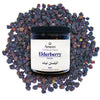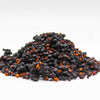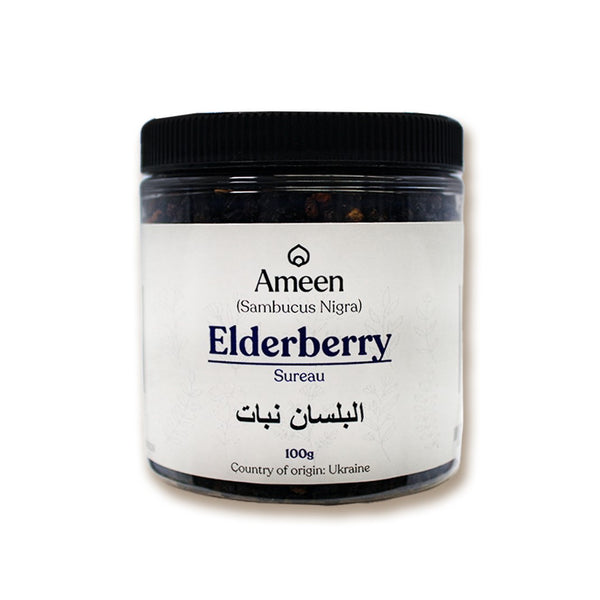Dried elderberries, with their deep purple hue and vibrant taste, are a treasured botanical ingredient celebrated in both time-honored recipes and modern kitchen creations. Sourced from the Sambucus nigra plant, these small, dark berries are known for their sweet-tart flavor and versatility across culinary and traditional practices.
Culinary Appeal of Dried Elderberries
Dried elderberries deliver a complex flavor profile that balances tartness with subtle sweetness, making them a delightful addition to:
-
Jams and Syrups: Elevate your spreads and drizzles with their fruity intensity.
-
Baked Goods: Infuse muffins, pies, and breads with a unique depth of flavor.
-
Teas and Infusions: Add both taste and a rich purple hue to your herbal tea blends.
-
Beverages: Commonly used in elderberry wine or wellness tonics for a flavorful twist.
These berries can be used whole, rehydrated, or simmered into decoctions to bring out their natural richness.
Why Choose Dried Elderberries?
-
Flavor Profile: Bright, fruity, sweet-tart with earthy undertones.
-
Culinary Versatility: Perfect for homemade teas, syrups, baked goods, and fruit compotes.
-
Traditional Use: Frequently featured in seasonal recipes and botanical brews.
Botanical and Cultural Identity
-
Botanical Name: Sambucus nigra
-
Common Names:
-
English: Elderberry, Black Elder, Elder
-
German: Holunder
-
French: Sureau
-
Spanish: Sauco, Sabuco
-
Arabic: نبات البلسان
-
Persian: Khamaan Kabir
-
Other: Boretree, Devil’s Wood, Pip Tree, Lady Elder, Sweet Elder, Elderberry Shrub, Boor Tree, Bourtree
-
Discover the Natural Charm of Elderberries
Whether you’re enhancing your culinary creations, steeping a comforting brew, or exploring traditional preparations, dried elderberries offer a perfect balance of color, taste, and heritage. Add them to your pantry and experience the botanical brilliance of this timeless berry.





